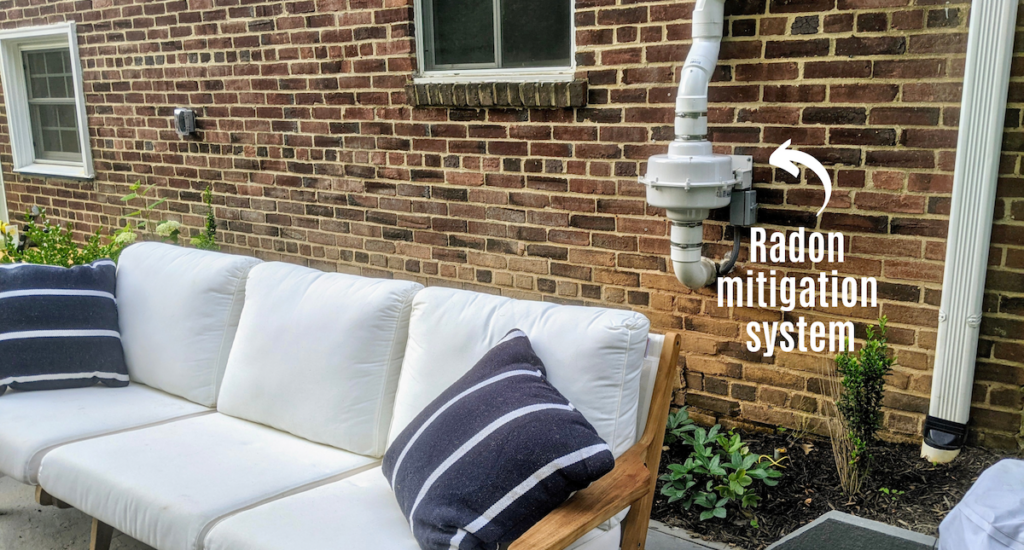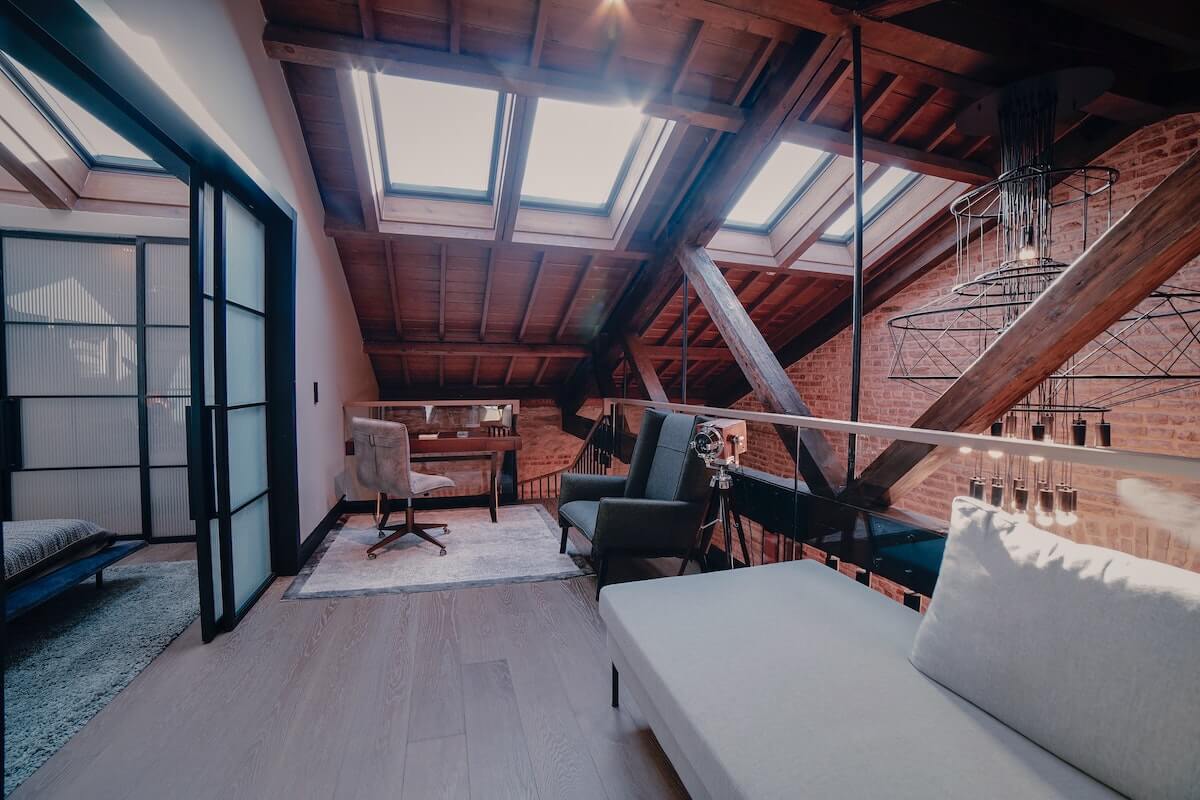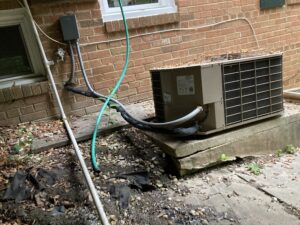Is there Radon in your home? Probably.
Radon is a naturally occurring gas that’s prevalent in our region. According to the CDC, radon “is an invisible, radioactive gas created during the natural breakdown of uranium in rocks and soils.”
Since radon is a gas, it dissipates with airflow and often isn’t a problem. However, when it builds up (e.g. in a basement with no windows), exposure to the high levels over time is dangerous. Radon is the second leading cause of lung cancer.
The real question then is, “Do I have too much radon in my home?”
At Collective Property Consultants, this is a question that we take seriously. Katie Geffken and Melody Goodman’s own homes have radon mitigation systems in place after previous high test results, and we’ve helped countless clients through the process of remediation.

Radon Testing Options
The good news is that it’s relatively easy to test for and remediate radon. In fact, as of 2016, homes in Montgomery County must be tested for radon before they are sold. If you’re thinking, “I bought my home before 2016” or you’re unsure when your home was last tested, what should you do? The answer: have a test performed. Testing provides peace of mind and allows you to resolve a problem before it complicates your health and the health of your family.
DIY Radon Testing
If you are a resident of Maryland, you may be eligible for a discounted radon test for only $3. Check here for more info! Not a resident of Maryland? Similar tests are available here for $15.
Pros: Inexpensive
Cons: User error is more likely when you’re administering the test yourself. Radon levels change over time (based on weather, etc) and sometimes 48 hours isn’t long enough to know whether your home has a longer term issue.
Professional Testing
Working with a radon inspection company, you can have a 48 hour test done. The company leaves a canister in the lower level of your home and comes back to pick it up in two days. Lab results are processed quickly thereafter. Prices vary, but budget $100-$200
Pros: Quick turn-around time. Professionally executed.
Cons: Radon levels change over time (based on weather, etc) and sometimes 48 hours isn’t long enough to know whether your home has an ongoing issue.
Digital Monitor
There are a number of digital monitors available on the market. These are small battery-operated devices that you place in your basement and check from time to time. They’re expensive, at about $150 each, but they have the most accurate test result because they show you radon levels over both a short period (one week) and longer period of time. Here’s one example of a digital radon test.
Pros: Most accurate long term reading
Cons: Expensive at $150
What do you do if your home has high levels of Radon?
You work with a remediation company to cycle the air away from your home. Most radon mitigation systems involve drilling a small hole into your foundation and attaching a tube that goes outside your home up to the roof. A blower motor is added to the tube to help suck the gases from under your foundation up and away from your house. Mitigation typically costs $800-$1800 though many areas have radon grants or subsidies available.
Have questions? Need advice? We’re here to talk. Feel free to leave a comment below.





